💪 Support independent web, support us:
There are an array of things to do in Japan, with Ichinoseki sharing quite a few of those!
Ichinoseki is a treasure trove waiting to be explored, a land of hidden gems and wondrous tales waiting to be discovered.
From ancient temples nestled amidst lush greenery to cascading waterfalls that leave you in awe, there is never a dull moment in this picturesque destination.
Whether you’re an adventure seeker, a history buff, or a nature lover, Ichinoseki has something for everyone.
So don your explorer’s hat and get ready to uncover the secrets of this charming town that’s like no other.
Without further ado listed below are some of the most fun things to do in Ichinoseki:
1. Genbikei Gorge
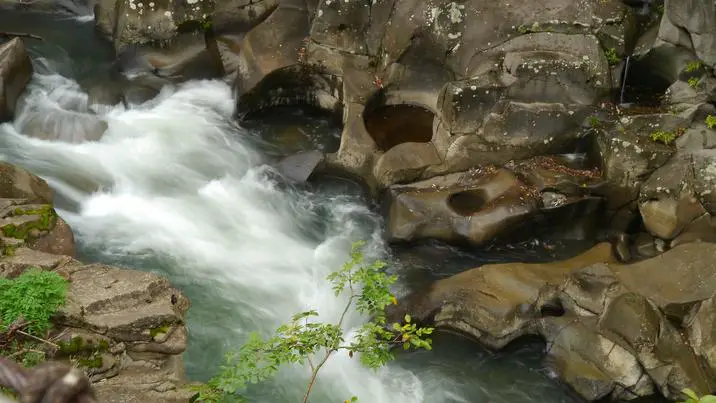
A natural gorge in Ichinoseki, Iwate prefecture, Japan.
What to see or do: Enjoy the scenic beauty of the gorge, walk across the unique red suspension bridge, and take a boat ride down the gorge.
Don’t miss: The breathtaking views of the gorge during autumn foliage season, when the leaves turn into vivid shades of red, orange, and yellow.
Insider travel tips: Wear comfortable and sturdy shoes for the walking trail. Plan to visit during the weekday to avoid crowds.
Bring cash as there are no ATMs or credit card facilities in the area. Try the local specialty, Wanko Soba, a type of regional soba noodle, at nearby restaurants.
2. Motsu-ji Temple
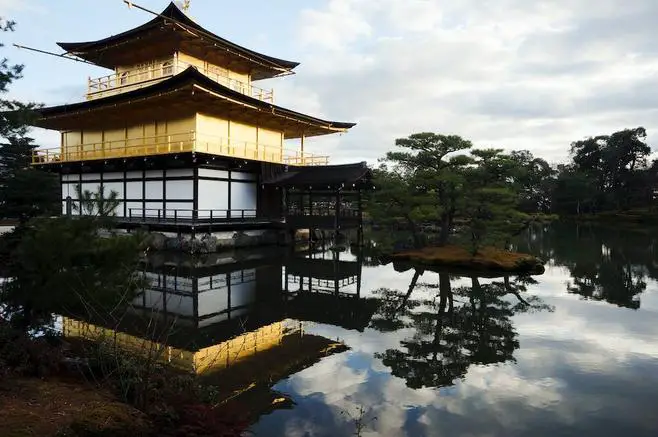
Motsu-ji is a former Buddhist temple complex located in Ichinoseki City, Iwate Prefecture, Japan.
What to see or do: – Explore the restored Jodo-style garden, which was once considered one of the most beautiful in Japan.
Don’t miss: – The Tsukimizaka (Moon Viewing Slope) Path, an elevated walkway that offers striking views of the garden and temple buildings.
Insider travel tips: – Avoid peak tourist season, especially during the autumn leaf season in November, to enjoy a quieter and more peaceful temple experience.
3. Takkoku no Iwaya Bishamon-do
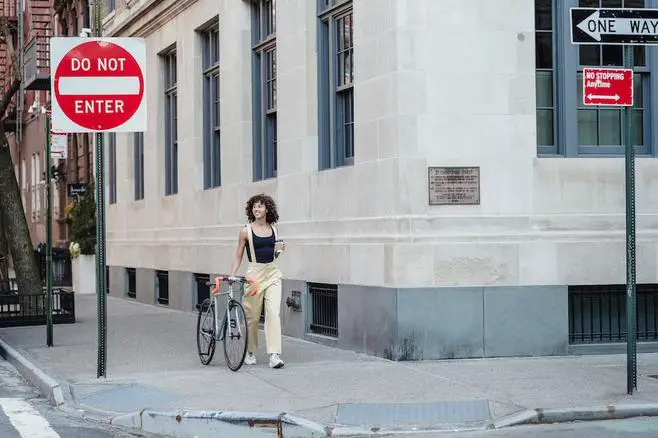
Takkoku no Iwaya Bishamon-do is a Buddhist temple located in Ichinoseki city, Iwate prefecture, Japan.
What to see or do: Visitors can explore the temple’s impressive rock caves, with multiple shrines and statues of Buddha. Take in the stunning natural surroundings, including a waterfall and river.
Don’t miss: The temple’s main hall, which features a large statue of Bishamonten, one of the seven gods of fortune in Japanese mythology.
Also, don’t miss the chance to try the local specialty, soba noodles, in the temple’s restaurant.
Insider travel tips: Plan your visit in autumn when the surrounding foliage is at its peak. Wear comfortable shoes as the temple grounds involve a bit of hiking through the mountains.
Take your time to enjoy the peaceful atmosphere and stunning nature.
4. Hiraizumi Cultural Heritage Center
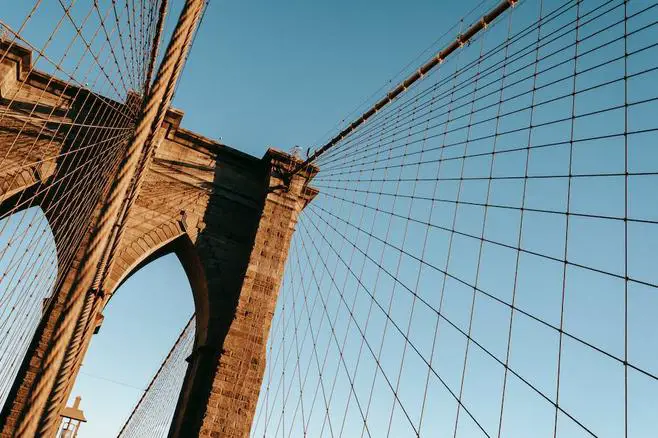
The Hiraizumi Cultural Heritage Center is a museum located in Ichinoseki City, Japan, dedicated to the history and culture of the ancient city of Hiraizumi.
What to see or do: The museum features a variety of exhibits showcasing the unique cultural heritage of Hiraizumi, including artifacts, historical documents, and interactive displays.
Visitors can learn about the city’s founding, as well as its flourishing art, literature, and religious traditions.
Don’t miss: One of the highlights of the museum is a replica of the Motsuji Temple, which is known for its stunning Pure Land Garden.
Visitors can also see the famous Buddhist statue, the Amida Nyorai, which was discovered in Hiraizumi and is considered a national treasure.
Insider travel tips: – Be sure to check out the museum’s calendar of events, which includes traditional tea ceremonies, calligraphy workshops, and other cultural activities.
5. Yanagi no Gosho Site
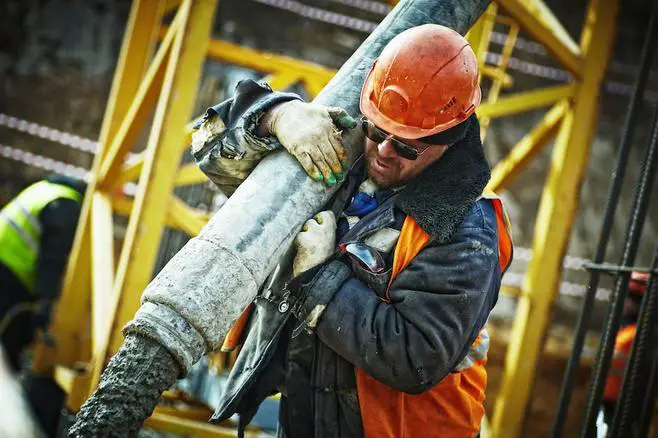
A historic site located in Ichinoseki, Japan that is home to ruins of a former residence of the Emperor Go-En’yū.
What to see or do: Explore the extensive grounds and admire the ruins of the imperial palace and gardens, which were destroyed by a devastating earthquake in the 17th century.
See the remains of the Kikyo Gate, the Emperor’s Hall, and the walls of the palace.
Don’t miss: The beautiful cherry blossoms in spring and the stunning fall foliage in autumn, which turn the ruins into a colorful wonderland.
Insider travel tips: Wear comfortable shoes, bring a camera, and visit during the weekday to avoid crowds. The nearby Ichinoseki City Museum offers information and exhibits about the palace and its history.
6. Tono Boke Yashiki Village
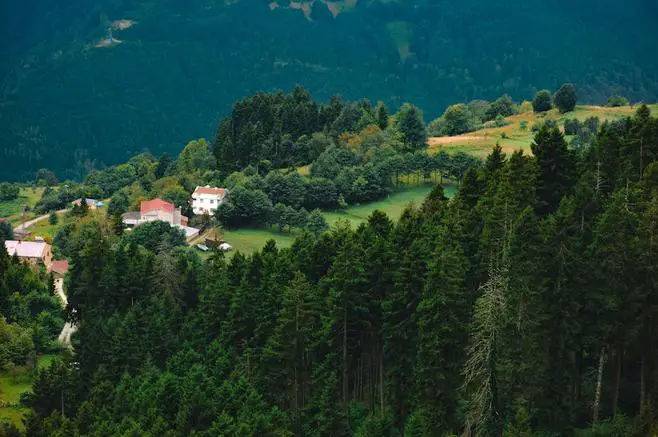
Tono Boke Yashiki is a traditional village in Ichinoseki, Japan. This village preserves the lifestyle and architecture of the Edo period.
What to see or do: Visitors can stroll through the village and admire the unique homes and gardens, take part in traditional crafts such as papermaking and indigo dyeing, or enjoy a cup of tea in a Japanese teahouse.
Don’t miss: Don’t miss the opportunity to try traditional Japanese snacks and sweets, which are available in shops throughout the village. Also, make sure to visit the local shrine, which has been an important site for over 1,000 years.
Insider travel tips: Visit the village early in the day to avoid the crowds and have the opportunity to chat with the locals. Additionally, make sure to wear comfortable shoes as there are many steep hills and stairs throughout the village.
7. Kodachi Cliffs
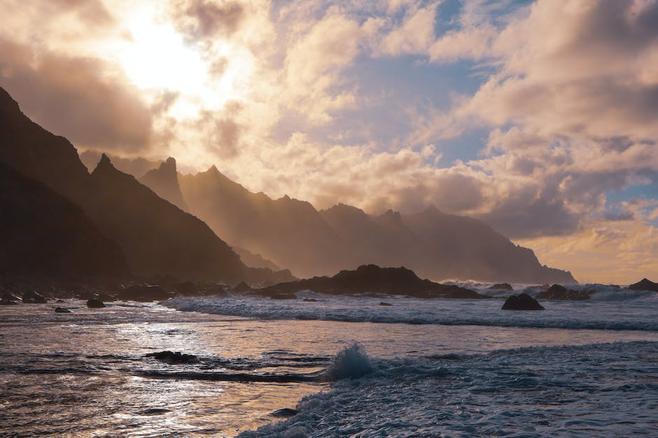
Kodachi Cliffs is a stunning natural attraction located in Ichinoseki city in Japan, best known for its impressive rock formations and breathtaking views of the Pacific Ocean.
What to see or do: Visitors can take a leisurely walk along the walking trail at Kodachi Cliffs and feast their eyes on a panoramic view of the stunning coastline.
The area offers some of the most beautiful rock formations and cliffs in Japan, featuring various textures and colors.
A visit to the Kodachi Cliffs is the perfect way to escape the hustle and bustle of city life and reconnect with nature.
Don’t miss: Don’t miss the chance to see the breathtaking views of the surrounding countryside and ocean. The vibrant colors of the cliffs are even more stunning during sunrise or sunset, making for a truly unforgettable experience.
It’s also worth taking a picnic and enjoying lunch while marveling at the natural beauty all around.
Insider travel tips: – The best time to visit Kodachi Cliffs is during the autumn months from late September to November when the fall foliage is at its peak.
8. Sekino-o Falls
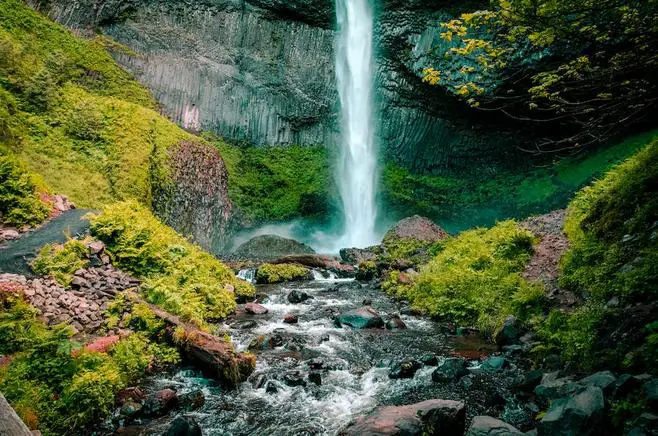
A stunning waterfall located in Ichinoseki, Japan.
What to see or do: See the 40-meter-tall waterfall cascading down the cliff and enjoy the surrounding lush greenery.
Don’t miss: The observation deck which provides an impressive view of the falls.
Insider travel tips: Visit during the autumn season when the foliage turns into vibrant colors. Wear comfortable shoes as there are some steps to get to the observation deck.
Bring a raincoat or umbrella as the waterfall produces a lot of mist which could get you wet.
9. Yasaka Shrine
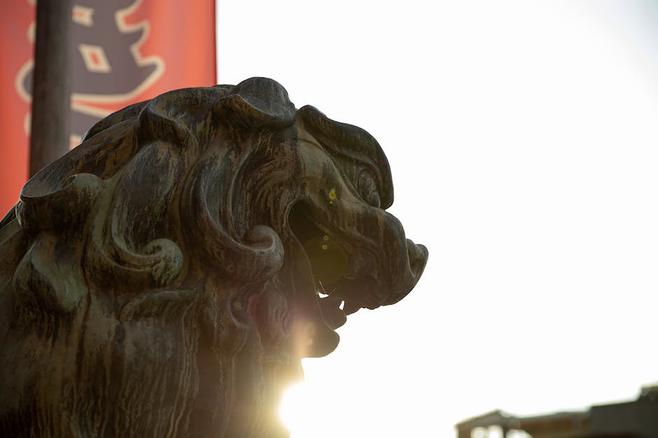
A Shinto shrine located in Ichinoseki city, Iwate prefecture, Japan.
What to see or do: Yasaka Shrine is famous for its massive torii gate, which is one of the largest in Japan. Visitors can take a peaceful walk through the shrine’s forested grounds, and witness the beauty of the traditional Japanese architecture.
The shrine also features several ponds and gardens, and hosts a few festivals throughout the year.
Don’t miss: The torii gate, which stands at a towering height of 18 meters and is one of the largest in Japan. Another must-see is the shrine’s main hall, which features stunning carvings and a beautiful copper roof.
Insider travel tips: Yasaka Shrine is located in a forested area, so be sure to wear comfortable walking shoes and bring insect repellent during the summer months.
Take a stroll through the nearby Ichinoseki Samurai District, which features traditional samurai architecture and is just a short walk from the shrine.
10. Takashimizu Brewery
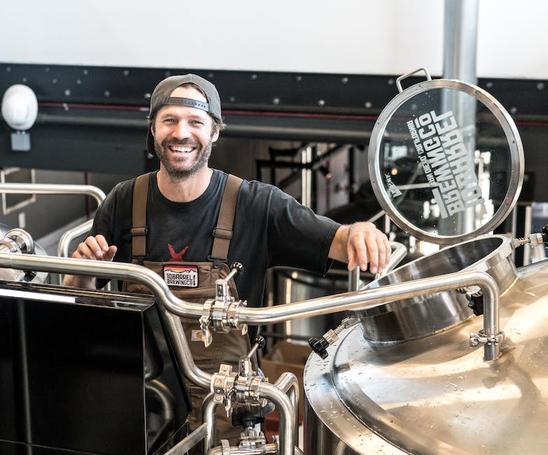
Takashimizu Brewery is a traditional sake brewery located in Ichinoseki City, Iwate Prefecture, Japan.
What to see or do: Take a brewery tour and discover the sake-making process, from rice polishing to fermentation and bottling. You can taste different types of sake and learn about the different flavor profiles.
Don’t miss: The opportunity to taste the unique and flavorful Rokkou Sake, made with locally sourced water from the Rokkou Mountain range.
Insider travel tips: Don’t forget to try the brewery’s original brand of sake called Kura no Hana, made with local Iwate rice. Also, make sure to make a reservation for the brewery tour as it can get quite busy during peak season.
11. Koiwai Farm
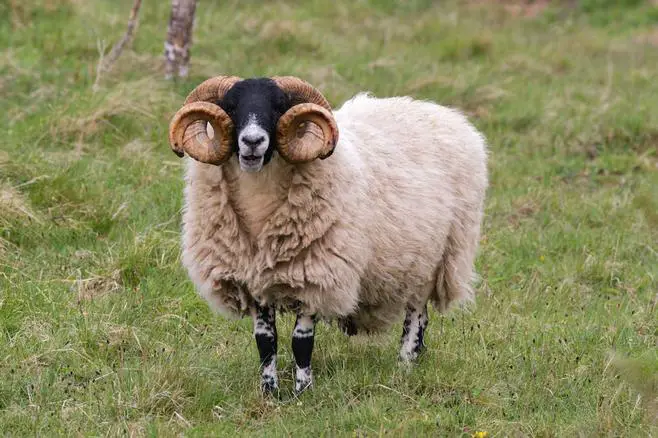
Koiwai Farm is a 3,000-hectare working farm located in Ichinoseki, Japan. It is known for its picturesque landscapes and scenic views of Mount Iwate.
What to see or do: Visitors can take a tour of the farm and see the animals, including cows, horses, pigs, and sheep. The farm also has a cheese factory, a bakery, and an ice cream shop where visitors can sample fresh-made products.
During the winter months, visitors can enjoy skiing and snowboarding on the farm’s slopes.
Don’t miss: A ride on the Koiwai Farm Railway, which takes visitors on a scenic tour around the farm.
Insider travel tips: – Be sure to try the farm’s famous soft-serve ice cream.
12. Ichinoseki Folk Museum
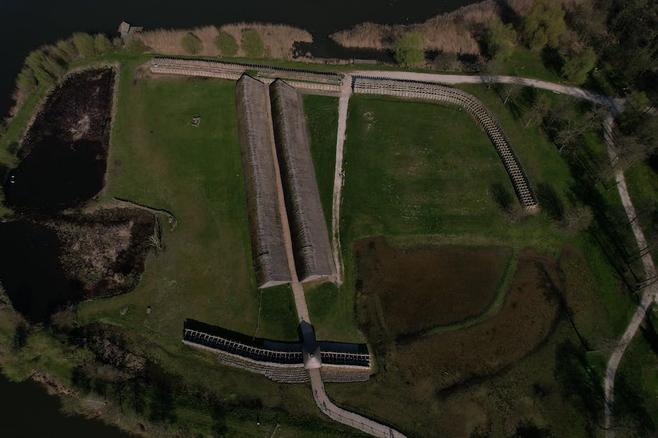
The Ichinoseki Folk Museum is a small museum dedicated to showcasing the folk culture and traditional way of life in Ichinoseki city, Japan.
What to see or do: Visitors can browse through a variety of exhibits that provide an insight into the local history and culture of the region.
The museum features displays of various traditional rural tools, clothing, pottery, earthenware, and farming instruments used by the locals in ancient times.
Visitors can also learn about the unique festival culture of Ichinoseki.
Don’t miss: Don’t miss the opportunity to admire the museum’s beautifully maintained garden, which is designed to depict the traditional rural way of life in Ichinoseki.
Insider travel tips: Visitors can participate in various hands-on workshops that are offered by the museum. These workshops provide visitors with an opportunity to experience the local culture and learn about local traditions.
Additionally, the museum also sells traditional Japanese souvenirs and snacks.
💪 Support independent web, support us: